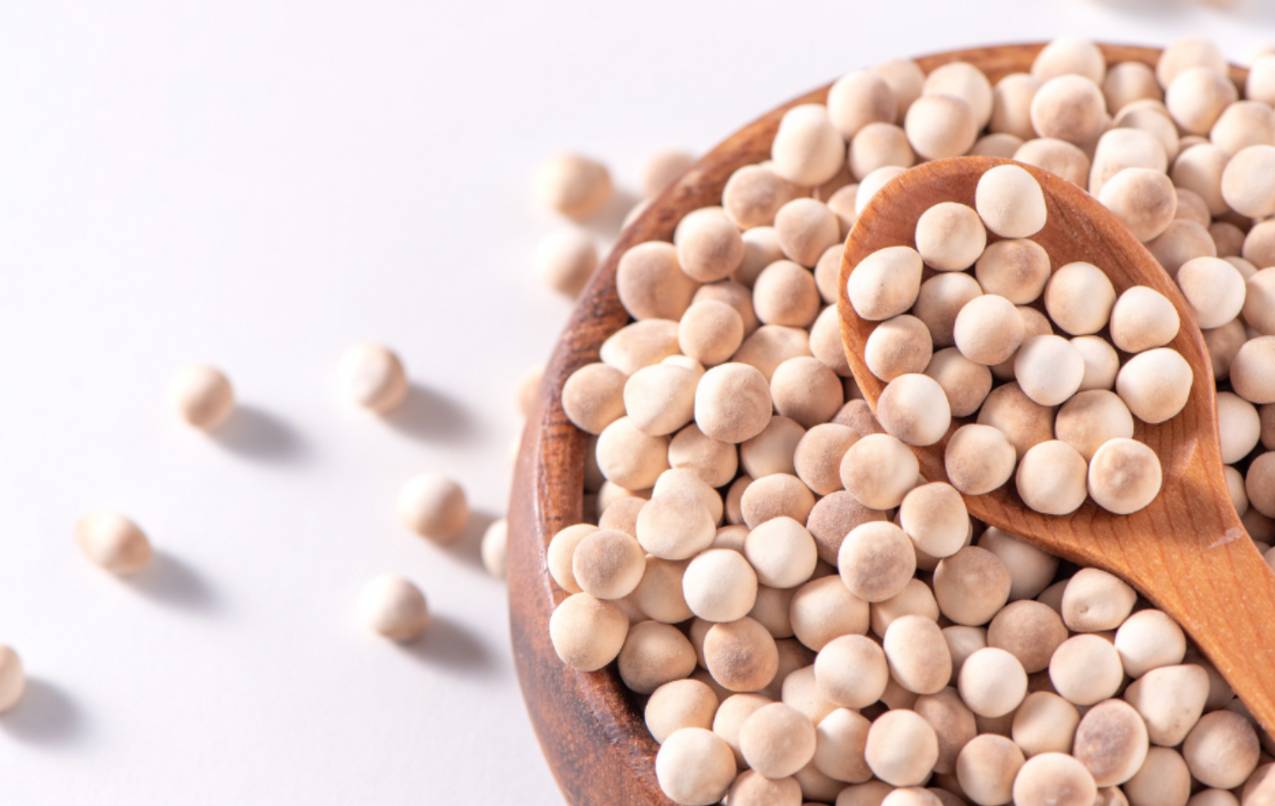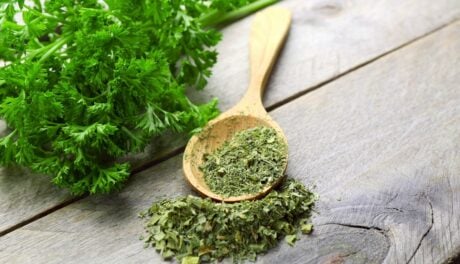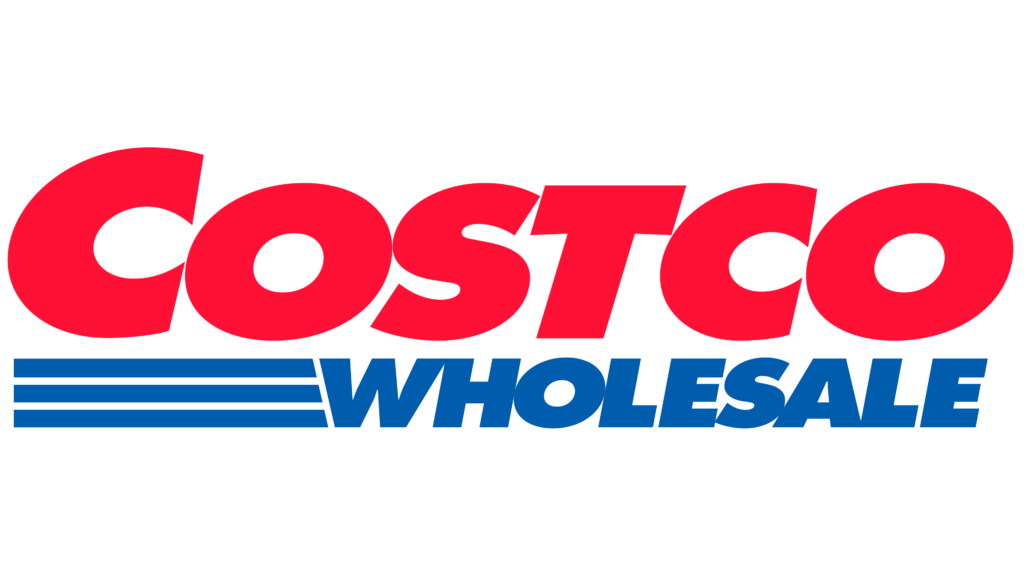
Tapioca starch has emerged as one of the most versatile and effective gluten-free alternatives on the market. Its use in gluten-free flours and as a thickening and binding agent has made it a household name across the world.
So the question is, how did this wheat-free ingredient make the jump across the pond to the pet food industry?
And the answer is rather easy: consumer demand.
With the range of applications tapioca starch offers, it’s little wonder that animal lovers and pet food brands started looking for ways to bring the same range of dietary considerations to their animal companions.
As awareness increased surrounding the effects of wheat and gluten on the human digestive system, people grew concerned with the effect of these products on their pets as well. And the pet food industry has been there to meet the demand, replacing regular wheat starches with potato, pea, and tapioca alternatives.
So what are the benefits and risks of grain-free pet food? Let’s take a look.
How is tapioca starch used in pet food products?
Tapioca starch, along with other grain-free and traditional wheat-based starches, is used in pet food products for four main purposes:
- To provide carbohydrates: Pet foods derive their calories from protein, fats, and carbohydrates. As a high-carb starch, tapioca is a perfect choice to add a higher energy profile to pet foods.
- To ensure texture: Tapioca starch’s fine texture ensures that the mouthfeel of the final product isn’t affected by a grainy starch that results in a dry texture. Because no matter how nutritious the meal, you know how picky pets are about texture.
- To improve hold: Having a bag full of kibble that has turned to dust is as unappetizing for pets as it is for owners who have to sweep up the floor. Tapioca starches strong binding capabilities helps to keep the vital ingredients of dry pet food in shape as they’re being transported.
- To go unnoticed: It’s a weird addition to its function, but binding starches with less flavor allows the product to retain its meaty taste far better. That’s why low-flavor tapioca starch is such a popular grain-free alternative.
To a small degree, tapioca starch also increases bone density, improves cardiovascular health, and offers a natural energy boost when needed.
So it’s clear that tapioca’s function in pet food is rather similar to its uses in human products, but the question now is whether grain-free products offer the same range of benefits to our furry-footed friends as they do to humans.
The importance of careful consideration when using grain-free alternative
Tapioca starch’s main purpose in human diets is to replace wheat and grains for people who experience gluten intolerance or have celiac disease. These conditions are born out of the digestive system’s inability to process the gluten, resulting in stomach cramps and painful digestive tract.
Now while this can occur in animals as well, studies have shown that gluten intolerance is far less prevalent in animals than it is in humans. And as a result, a fully grain-free diet is only prescribed in rare cases.
But if cats and dogs are carnivorous by nature, why would removing wheat from their diet have any adverse effects?
The answer is, they’re not exclusively carnivorous.
It’s true that animals like cats and dogs would live primarily off hunting and fresh meat if they lived in the wild like bobcats or coyotes do. But when hunting and consuming prey like mice or birds, these wild animals also consume the stomachs of their grain-fed prey, which does contain grain.
This makes wheat and grain consumption a normal part of almost every wild carnivore’s diet. Something that is negated entirely if the wheat alternatives are used.
In the average pet’s diet, these wheat products help to provide time-released energy instead of bursts and protect animals against heart diseases that have been linked with gluten-free diets.
But if all this is taken into account, where does tapioca starch fit into the picture?
The creation of a more diverse and accommodating pet food industry

Much like the gluten-free market that is providing a niche solution aimed at specific dietary requirements, so too the pet food industry is evolving to address the needs of the outliers.
One of the most prominent examples of this movement is limited-ingredient pet food manufacturers who offer consumers products with a far shorter ingredient list (with fewer chemical compounds and more natural ingredients in the list as well) than the regular off-the-shelf kibble.
Limited ingredient pet food, like Petcurean’s Go! Solutions range, is a perfect example of tapioca kibble and wet food done right. It’s a line of pet food products aimed specifically at animals with allergies and ingredient sensitivities, focusing on limiting the additional nutrients in pet diets and focusing on functional ingredients that support a high-quality diet.
Due to its low nutritional profile and bland taste, tapioca starch is also a valuable binder and thickening agent in general pet food products that take a more conscientious approach. As a thickening agent, tapioca starch is used in palatable gravies where it doesn’t add additional fats and minerals to the meal. And as a binder, it’s a vital part of protein-rich treats where tapioca’s binding characteristics don’t come with additional nutritional counterbalances.
It’s time to “go fetch” a more sustainable supply line
Though as we all know, the creation of niche food products that are aimed at outliers and health-conscious consumers often comes with a price tag that leaves those who need the product most behind.
That’s why the evolution of the pet food market is so important. As grain-free alternatives are used more prominently in products like high-protein treats, the supply lines needed to sustain the niche markets of allergy and density-focused products will be opened up.
With bulk ingredient orders, pet food brands are also able to better manage the costs of niche product manufacturing, opening the doors to a more competitive seat at the table of an industry that’s quickly beginning to stake its claim.
That’s where Ingredient Brothers comes in.
As a wholesale importer that goes above and beyond the call of duty to form an integral part of our clients’ inventory planning, we help brands find the best ways to explore new trends and create high-quality private-label products in the most cost-effective and sustainable manner possible.
So if you’re ready to explore the possibilities that special animal diets hold for your brand, let’s have a chat and see what the future could hold for you. For personalized guidance and to learn more about our offerings, reach out to us. And don’t miss the chance to take a look at our ingredients list, showcasing a diverse range of options that can set your brand apart.










